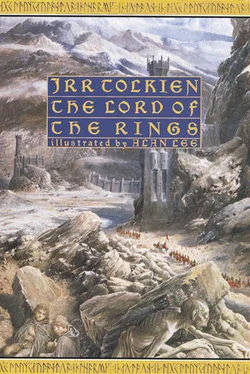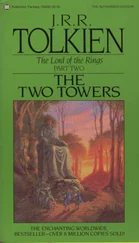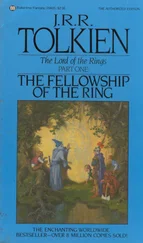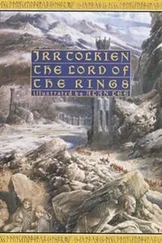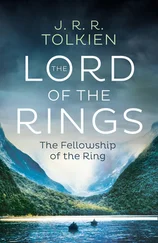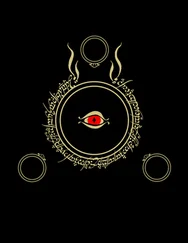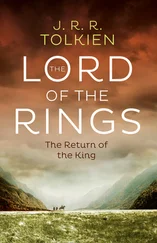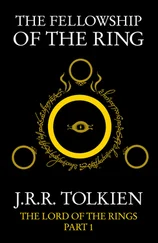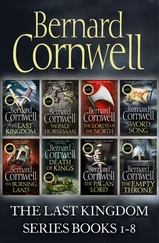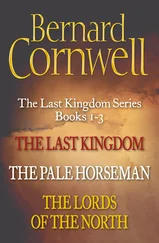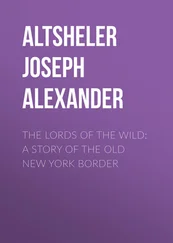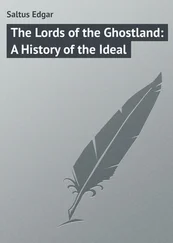J.R.R. Tolkien died in 1973. His third son and literary executor, Christopher Tolkien, sent a large number of further corrections of misprints, mainly in the appendices and index, to Allen & Unwin for use in their editions in 1974. Most of these corrections were typographical, and in line with his father’s expressed intent in his own check copies.
Since 1974, Christopher Tolkien has sent additional corrections, as errors have been discovered, to the British publishers of The Lord of the Rings (Allen & Unwin, later Unwin Hyman, and now HarperCollins), who have tried to be conscientious in the impossible task of maintaining a textual integrity in whichever editions of The Lord of the Rings they have published. However, every time the text has been reset for publication in a new format (e.g. the various paperback editions published in England in the 1970s and 1980s), huge numbers of new misprints have crept in, though at times some of these errors have been observed and corrected in later printings. Still, throughout these years the three-volume British hardcover edition has retained the highest textual integrity.
In the United States, the text of the Ballantine paperback has remained unchanged for more than three decades after Tolkien added his few revisions in 1966. The text in all of the Houghton Mifflin editions remained unchanged from 1967 until 1987, when Houghton Mifflin photo-offset the then current three-volume British hardcover edition in order to update the text used in their editions. In those new reprintings a number of further corrections (overseen by Christopher Tolkien) were added, and the errant Ballantine branch of revision (including the ‘Estella Bolger’ addition) was integrated into the main branch of textual descent. This method of correction involved a cut-and-paste process with printed versions of the text. Beginning with the 1987 Houghton Mifflin edition, an earlier version of this ‘Note on the Text’ (dated October 1986) was added to The Lord of the Rings. This ‘Note’ has been reworked three times since then — the version dated April 1993 first appeared in 1994, and the version dated April 2002 came out later that year. The present ‘Note’ replaces and supersedes all previous versions.
For the 1994 British edition published by HarperCollins, the text of The Lord of the Rings was entered into word-processing files. This next stage of textual evolution came about to allow for a greater uniformity of the text in all future editions, but with it, inevitably, came new wrinkles. Some new misreadings entered into the text, while at the same time others were fixed. In the worst instance, one line of the ring inscription in the chapter ‘The Shadow of the Past’ of The Fellowship of the Ring was simply dropped. Unforeseeable glitches arose in other editions when the base computerized text was transferred into page-making or typesetting programs — e.g., in one edition of The Fellowship of the Ring, the closing two sentences of ‘The Council of Elrond’ simply and inexplicably disappeared. Such glitches have been very much the exception, not the rule, and the text has otherwise maintained a consistency and integrity throughout its computerized evolution.
The 1994 edition also contained a number of new corrections (again supervised by Christopher Tolkien), as well as a reconfigured index of names and page references. The 1994 text was first used in American editions published by Houghton Mifflin in 1999. A small number of further corrections were added into the 2002 three-volume edition illustrated by Alan Lee, published by HarperCollins in Great Britain and Houghton Mifflin in the United States.
The textual history of The Lord of the Rings, merely in its published form, is a vast and complex web. In this brief note I have given only a glimpse of the overall sequence and structure. Further details on the revisions and corrections made over the years to the published text of The Lord of the Rings, and a fuller account of its publishing history, may be found in J.R.R. Tolkien: A Descriptive Bibliography, by Wayne G. Hammond, with the assistance of Douglas A. Anderson (1993).
For those interested in observing the gradual evolving of The Lord of the Rings from its earliest drafts to its published form, I highly recommend Christopher Tolkien’s account, which appears within five volumes of his twelve-volume series The History of Middle-earth. Volumes six through nine contain the major part of his study pertaining to The Lord of the Rings: The Return of the Shadow (1988); The Treason of Isengard (1989); The War of the Ring (1990); and Sauron Defeated (1992). Also, the final book of the series, The Peoples of Middle-earth (1996), covers the evolution of the prologue and appendices to The Lord of the Rings. These volumes contain an engrossing over-the-shoulder account of the growth and writing of Tolkien’s masterpiece.
The process of studying Tolkien’s manuscripts of The Lord of the Rings involved the deciphering of versions where Tolkien wrote first in pencil and then in ink atop the pencilled draft. Christopher Tolkien has decribed his father’s method of composition in The Return of the Shadow: ‘In the handwriting that he used for rapid drafts and sketches, not intended to endure long before he turned to them again and gave them a more workable form, letters are so loosely formed that a word which cannot be deduced or guessed at from the context or from later versions can prove perfectly opaque after long examination; and if, as he often did, he used a soft pencil much has now become blurred and faint.’ The true difficulty of reading such double-drafts can be observed in the frontispiece to The War of the Ring, which reproduces in colour Tolkien’s illustration of ‘Shelob’s Lair’ from a page of Tolkien’s manuscript. Looking very closely at the hasty ink draft alongside the illustration, one can see underneath it the earlier, hastier, pencilled draft. Also in The War of the Ring, Christopher Tolkien reproduces a page from the first manuscript of the chapter ‘The Taming of Smeagol’, and the printed text corresponding to this text is on the facing page (see pp. 90–91). One is astonished at anyone’s ability to decipher such texts.
That difficulty aside, just what do these books signify to ordinary readers and to Tolkien scholars? And what is ‘the history of the writing’ of a book? Simply, these volumes show in great detail the development of the story of The Lord of the Rings from its very earliest drafts and hasty projections through its completion. We see in the earliest materials what is very much a children’s book, a sequel to The Hobbit, and as the story grows through various ‘phases’, there is an increase in seriousness and depth. We see alternate branches of development, the gradual blending and merging of certain characters, and the slow emergence of the nature of the rings and of the motivations of other characters. Some of these various ideas are abandoned altogether, while others are reworked into some variant form that may or may not survive into the final version.
One could make a whole catalogue of interesting tidbits from Christopher Tolkien’s study — such as the fact that Strider was called Trotter until a very late stage in the writing of the book; that Trotter was at one time a hobbit, so named because he wore wooden shoes; that Tolkien at one point considered a romance between Aragorn and É that Tolkien wrote an epilogue to the book, tying up loose ends, but it was dropped before publication (and now appears in Sauron Defeated); and so on. But these developments are best appreciated when read within the context of Christopher Tolkien’s commentary rather than discussed separately.
Читать дальше
Конец ознакомительного отрывка
Купить книгу
